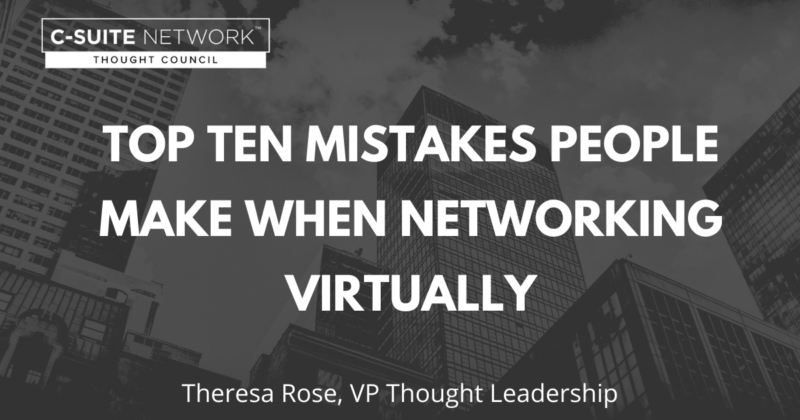
The pandemic taught us that we could live with a lot less. The overindulgence of items we surrounded ourselves with seemed frivolous and more like a form of gluttony from mindless purchasing. Many of our closets looked like a smorgasbord where we got our money’s worth from an all-you-can-eat buffet.
We found ourselves cleaning out every nook and cranny we could find in our homes, including our often-overstuffed closets. Second-hand clothing stores had a tough time keeping up with the inundation of items coming into their stores. However, this robust inventory was a Godsend to those who felt financially crushed by the pandemic. The added stock was also the perfect storm for those who are ever so mindful of conserving resources and their role in social responsibility.
Enter 2022. The office dress code is dead. Or dead in the way we once knew it.
Gone are the days of having a work wardrobe and a casual wardrobe. The lines are now blurred. According to LinkedIn’s newsletter 29 Big Ideas That Will Change Our World in 2022, the 4-day workweek is ramping up. This shorter workweek gives us less time to wear our more formal business attire. The hybrid workplace is also here to stay.
What we will see in 2022 will be multi-functional clothing—the demand for a practical, sustainable, and flexible wardrobe. The consumer will insist on attire that can take them from dropping off their kids at school, heading to the office – whether work-from-home or otherwise, lunch with a friend or business associate, back to work, running errands, or off to an event and back home.
As such, fabric suppliers will see an increased demand for quality fabrics that are durable and comfortable, as noted on page 13 of The State of Fashion 2022 by The Business of Fashion and The McKinsey & Company. Capsule wardrobes, coined in the 1970s by Susie Faux and made popular by Donna Karan in 1985, will gain momentum as we embrace living the less is more lifestyle.
In 2019 and 2020, we found ourselves looking for comfort, and we sought this through the fabrication of our clothing. The comfortable clothing we wore seemed to act as a soothing blanket in which we wrapped ourselves. While we were heading toward the casualization of wardrobe before the pandemic, what may surprise you is that many are ready for a restart. After living 9+ months in athleisure, many are craving something new. Liken it to nine months of wearing maternity clothes. There is joy in putting on regular clothing once again. The State of Fashion 2022 report found workwear such as blouses and suits now on the rise. Occasion dressing is also on the rise as we step back into attending events such as weddings, ceremonies, and galas.
Businesses will need to weigh their dress codes’ effect on culture and brand. Some will adhere to the dress code of the past. According to the State of Fashion 2022 report, “… a growing number of consumers are likely to allocate more of their wallet share to investment pieces and versatile items, even as inexpensive items and impulse purchases remain an important part of the wardrobe mix for many in 2022.” Other businesses will embrace leniency in their dress code, entrusting their employees to make smart choices for their workday. There is never a one-size-fits-all.
Sustainability will stay top of mind for both the consumer and fashion brands. Brands must find ways to ensure consumers’ items are environmentally safe and produced in ethical working conditions. Using technology such as QR codes on tags that allow the consumer to learn more about the sustainability of an item is already rising in popularity.
Many people turned to thrift stores during the pandemic for financial reasons and explored rental clothing companies. I predict shopping thrift stores and renting clothing will gain significant market share.
From Burberry to Banana Republic, fashion brands are racing to the rental market by creating subscription models. There is a significant opportunity for entrepreneurs in this market segment. For example, newcomer Preserve brings South Asian fashion to consumers through its rental model.
People crave community and realize just how important it is to them now. We will see a return of boutique shops where locals will support the community that took care of them during the pandemic. Local shopping also offers a way to get items immediately. Small businesses will need to focus on creating experiences such as live video chats, in-store or online personal shopping, and same-day delivery and returns to and from your front door.
Boutiques offer a sense of atypical clothing that consumers now crave. Like a butterfly coming out of a cocoon, we are rebirthing our wardrobes with fun and colorful items. A wardrobe that stimulates us and brings a sense of inspiration. As seen with the rise in awareness of Diversity, Equity, & Inclusion, self-expression is making its way to the forefront. We long for ways to express ourselves honestly. One way to do this is through our appearance.
Shopping online will also continue to rise. With this, the demand for innovative technology experiences will come into play, such as virtual try-ons using AI.
I predict 2022 will be the bridge year from traditional business wear and strict dress codes to multi-purpose attire that exudes individual expression. When we consider purchasing new clothing, we will ask ourselves three questions: is it sustainable, multi-functional, and expressive. Dressing to express will far outweigh dressing to impress.
Want to your personal image or your company’s dress standards to meet the value of your brand, contact me at sheila@imagepowerplay.com or 605.310.7166 to schedule a 30-minute call to discuss how we can work together to grow your influence through my return on image® services. To learn more, visit: www.imagepowerplay.com.

















